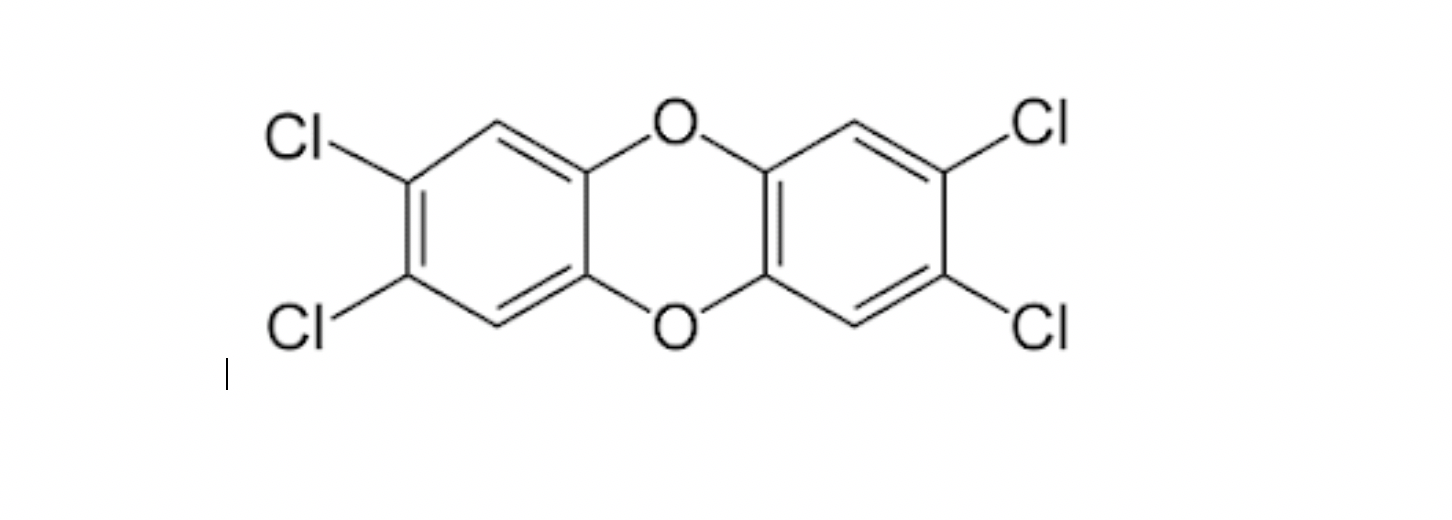In today’s post, I want to accomplish two things: the first is to inform our shareholders and followers of an important (and I hope interesting) ongoing contract. The second is, in as compelling a fashion as I can manage, to share with our readers some information about one area of environmental engineering science that we at BLEST practice.
First, the contract – we’re excited to start work to plan and test to demonstrate that emissions from an Energetic Materials Incinerator at a large US military installation on the East coast are meeting EPA regulatory standards. This Energetic Materials Incinerator has a unique role at the base – to safely destroy the U.S. Military’s propellants, explosives, and munitions that have aged beyond their shelf life. Not surprisingly, this facility has to meet numerous emission standards including regulations that limit emissions of chemical compounds called “dioxins” and “furans”, which are tightly regulated chemicals in nearly every developed country.
One of these compounds, “2,3,7,8 – tetrachlorodibenzo-p-dioxin (TCDD)”, has long been considered the most toxic of all man-made compounds, and was the chemical that caused one of the worst environmental disasters in history when an Italian chemical plant exploded in 1976 releasing a cloud of dioxin containing aerosol that exposed thousands of people nearby. TCDD was also the poison used in the attempted assassination of Viktor Yushchenko in 2004, who was a pro-West presidential candidate in Ukraine. Surprisingly, dioxins can also be emitted by forest fires and other common sources in small amounts.

For this project, our engineers at BLEST are developing protocols and test plans to confirm that the incineration system meets all existing emissions standards for dioxins and furans. Using EPA-approved sampling and testing methods, we will seek to confirm that the system at this military facility emits less than 0.2 nanograms per cubic meter of exhausted gas, or less than 0.0000000002 grams per cubic meter of stack gas. By taking part in important projects like this, we at BLEST can proudly help ensure that the environment is protected and public exposure to contaminants such as dioxin is minimized.
We hope to bring you more interesting content like this in the future. If you found this post interesting, or you would like to learn more, don’t hesitate to engage us on social media at BioLargo’s Twitter account @BioLargo, or at our Facebook page.
